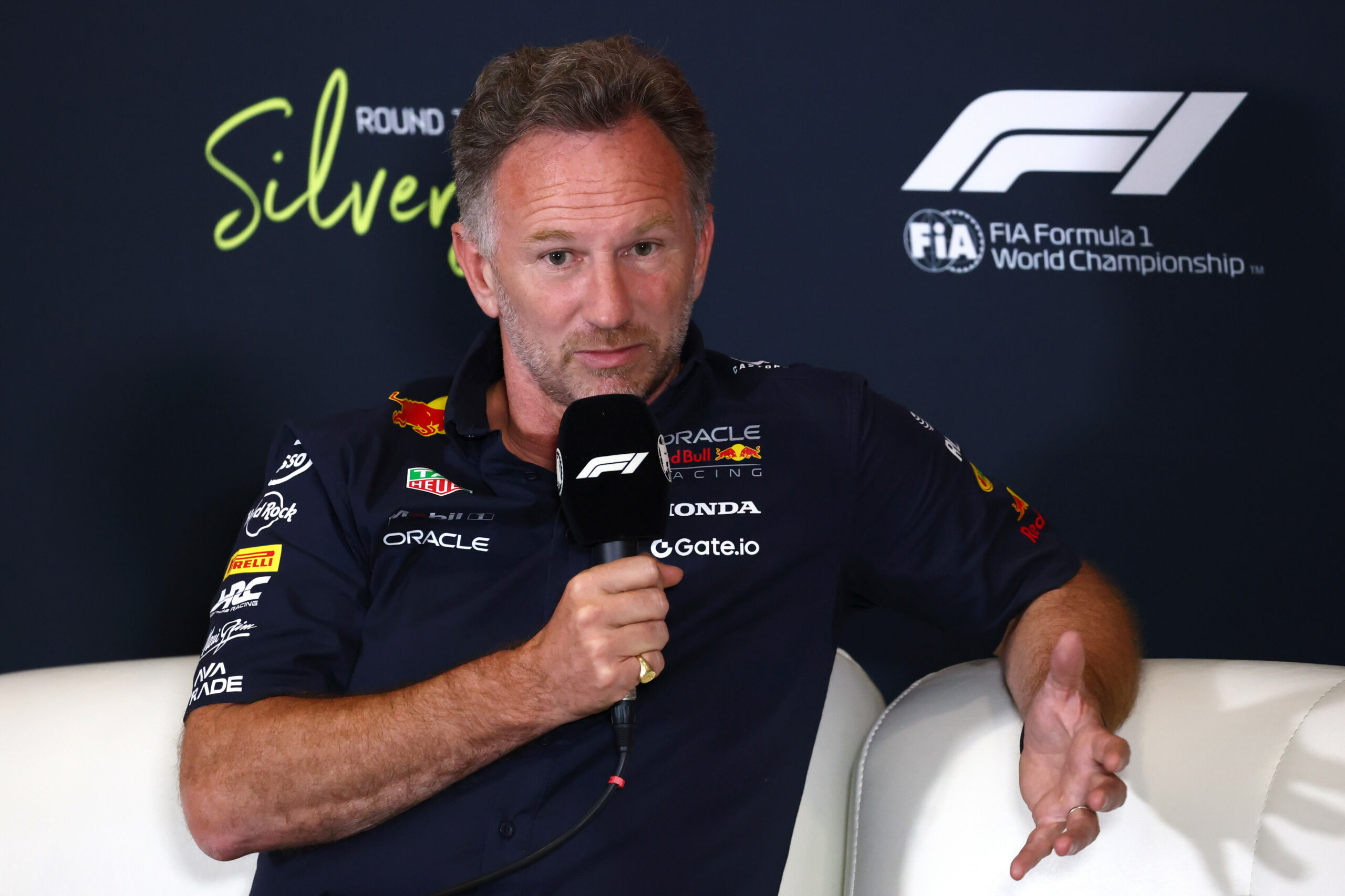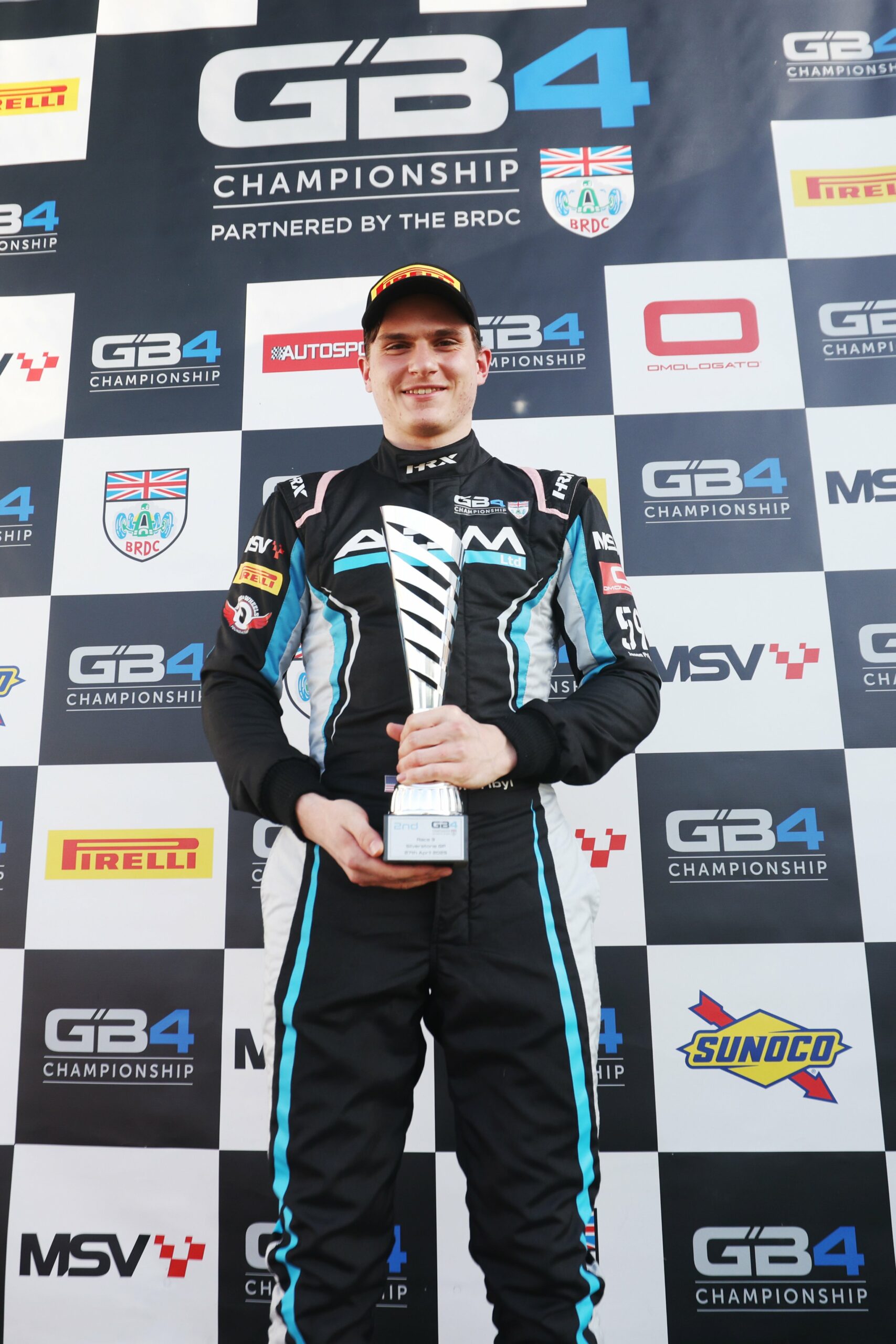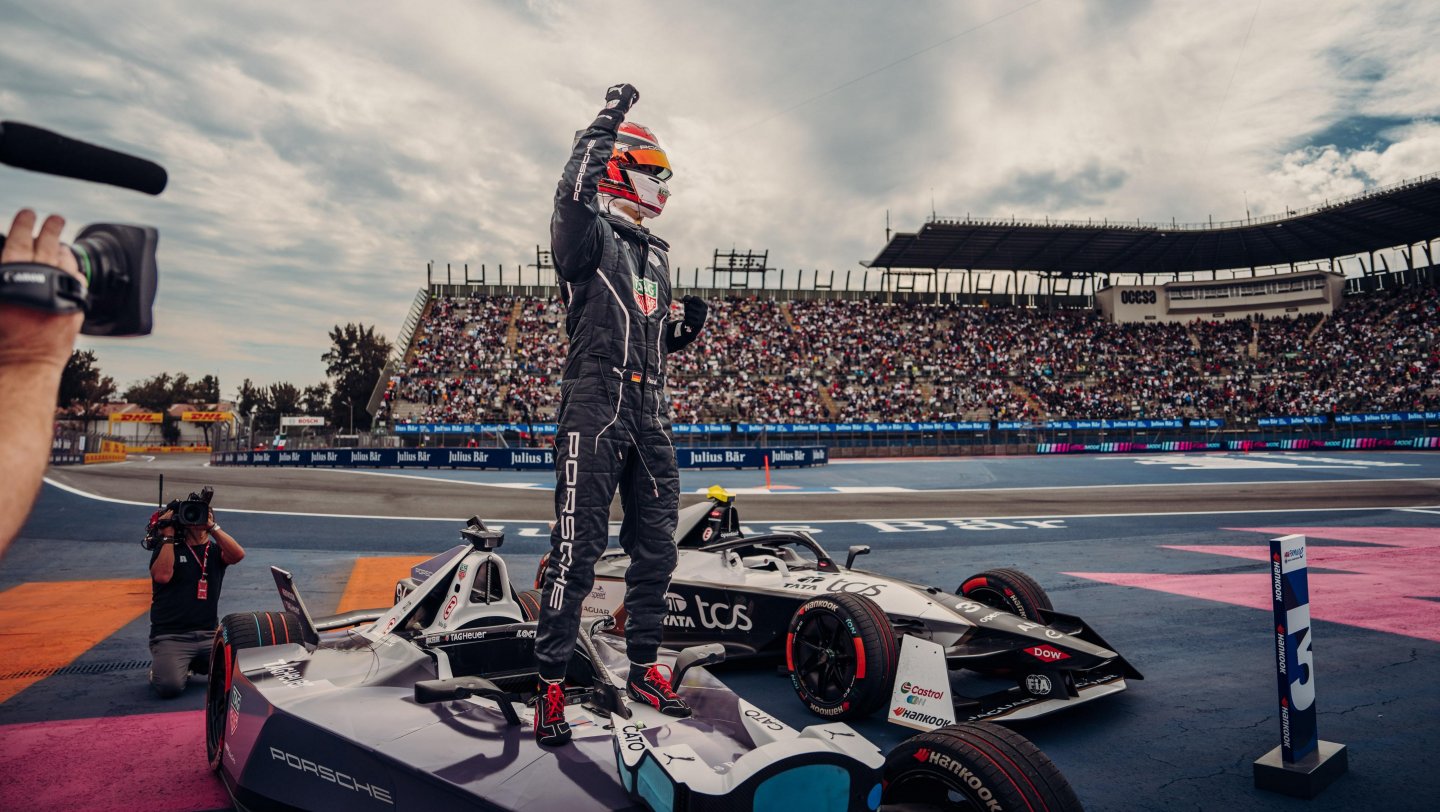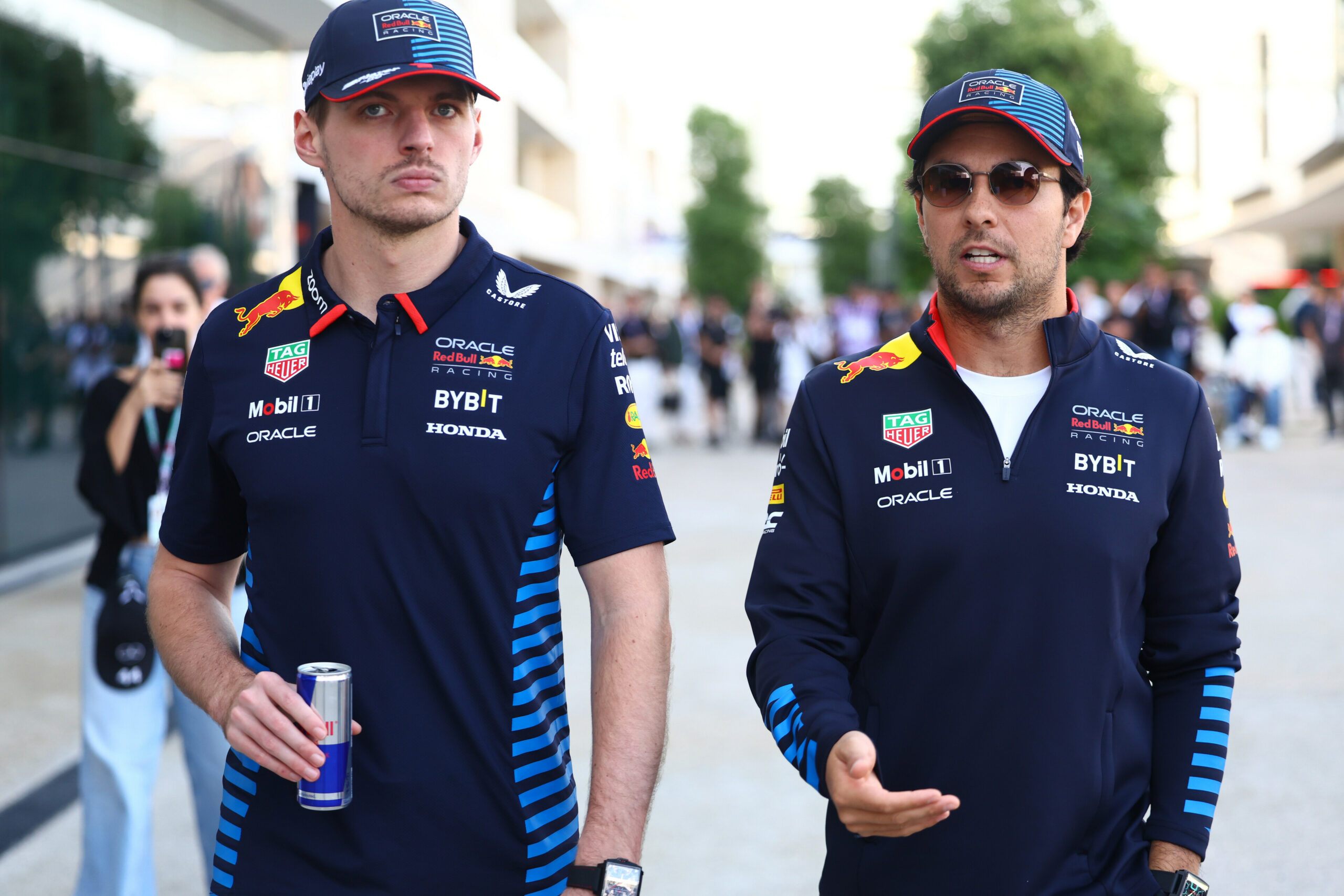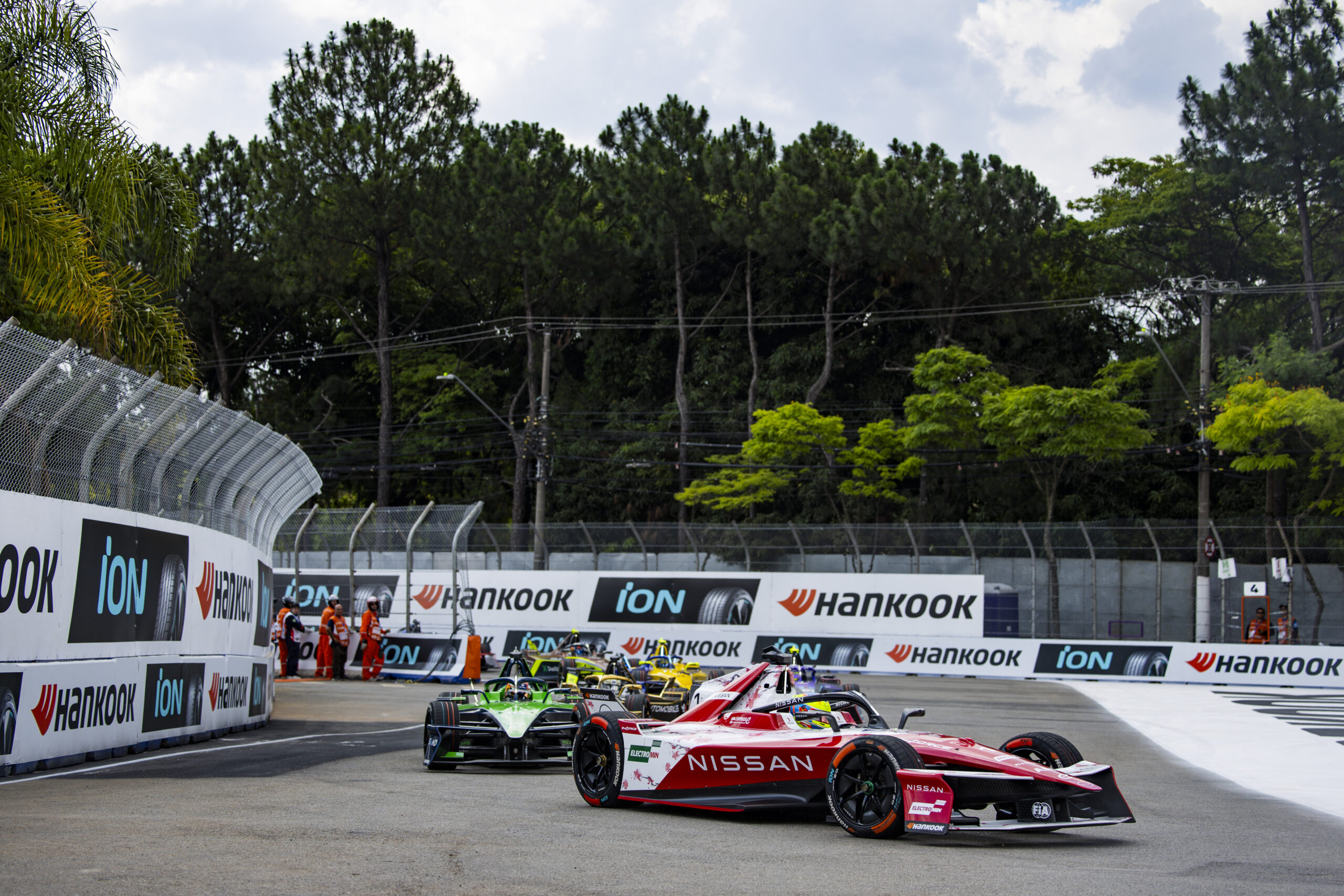Red Bull team principal Christian Horner has shared his thoughts on how Max Verstappen’s race unfolded with a low-downforce set-up and the penalty McLaren’s Oscar Piastri received during the rain-affected F1 British GP on Sunday.
Although Verstappen’s Monza-style rear wing configuration allowed him to clinch his 44th pole position for Red Bull on Saturday, the low-downforce gamble backfired in the treacherous wet conditions the next day.
While the Dutchman managed to hold Piastri off at the start, the seven-time race winner snatched the lead on Lap 8 as Verstappen struggled to keep his RB21 on the racing line. After experiencing a dramatic spin at the second Safety Car restart on Lap 21 and dropping down to P10, the Red Bull driver ultimately recovered to fifth place.
Meanwhile, championship leader Piastri incurred a 10-second penalty for braking heavily behind the Safety Car, resulting in Verstappen momentarily passing the McLaren driver on track. The four-time world champion had to brake and take avoiding action in response to the Australian’s erratic move.
Low-downforce gamble was based on flawed weather forecast
Speaking in a print media session after the race, Christian Horner explained why Red Bull opted to run a low-downforce rear wing at the F1 British GP. Emphasising how the risky set-up enabled Verstappen to tackle the crippling understeer and set the fastest time on Saturday, the Brit added that they had expected a predominantly dry race on Sunday, based on the available forecast.
Commending Verstappen and his exceptional feel for grip in the opening stages of the rain-swept race, Horner also highlighted the pace advantage McLaren had and their ability to prevent their intermediate tyres from overheating.
“So, where shall I start? Let’s start yesterday because we’re a bit more positive.
“We trimmed out the car basically to Monza levels of downforce. And we’re able to obviously get a balance, enable Max [Verstappen] to get a fantastic pole position that matched Sebastian Vettel’s record.
“And that was based on the forecast that we had, that there might be a 20% chance of rain on Sunday morning, but thereafter dry conditions. I don’t think any forecast that we certainly saw showed any chance that the rain was going to be that heavy and that late.
“So, lining up on the grid, in the conditions it was, I thought Max had a super start, was able to feel his way around those first few laps.
“But it was clear very early on that Oscar [Piastri] had quite an advantage pace-wise. And then again, as the tyres started to overheat as it was drying out, as it rained on part of the track and not on all of it, you could see where McLaren’s advantage, particularly on that tyre, was truly evident. And they were miles ahead of the rest of the pack.”
Piastri’s sudden braking led to Verstappen’s spin
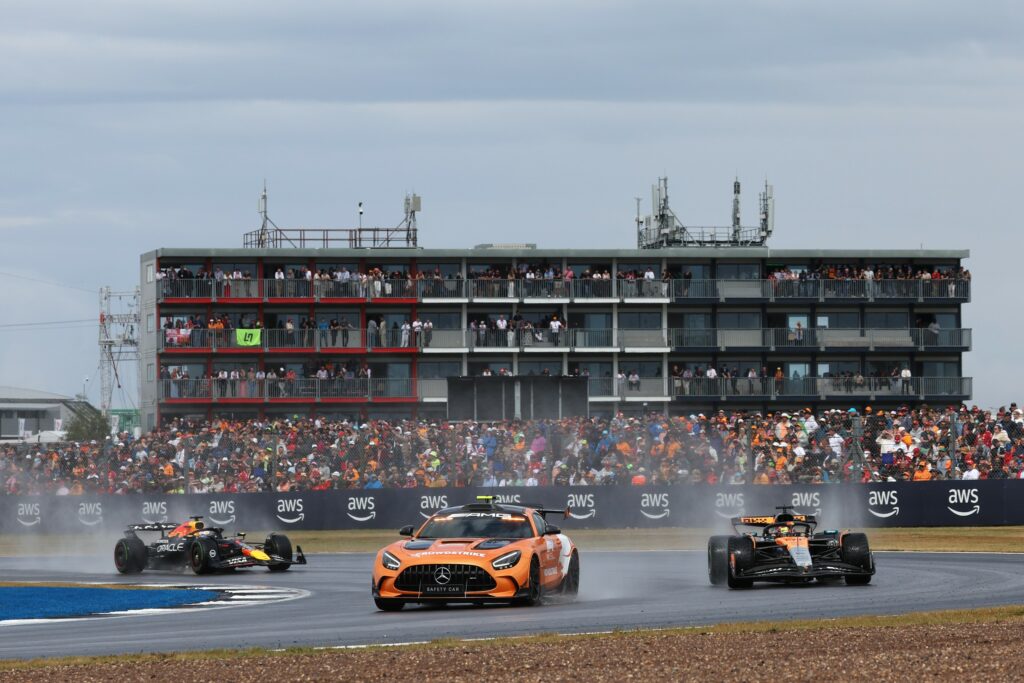
Commenting on how drivers like George Russell and Charles Leclerc had jumped the gun too early, Christian Horner claimed that the Red Bull pit wall nailed the timing of Verstappen’s first pit stop at the F1 British GP as he gained crucial track position.
The 51-year-old also elaborated on how Piastri’s erratic braking behind the second Safety Car had compromised Verstappen’s preparation for the restart, leading to the dramatic spin and loss of eight positions.
“The guys that had gone for slicks went too early, and the track just wasn’t quite ready for it. But it was clear that rain was coming in. And I felt we got the crossover time right, waiting for that rain.
“We were able to jump back past in the pits, past Lando [Norris], which then got Max back out into position, and then thereafter the Safety Car came out.
“And, yeah, that’s where the race started to unfold for us, unfortunately, where Oscar obviously did what he did on the brakes on the run up to Stowe. First of all, it caught him [Verstappen] out as you’re preparing to take the restart. It put him out completely, unaware as to what was going on. So all your preparation, your switches, everything, you don’t manage to get in the right place.
“Oscar’s then gone, Max trying to go with him, and obviously he’s had a half-spin out of Stowe. Though it was a very good catch from him, and he slotted back effectively in tenth place behind Carlos [Sainz].”
Low-downforce set-up made recovery more difficult in wet conditions
Highlighting the drawback of stewing in dirty air in the middle of the pack, the Red Bull team boss acknowledged how challenging the race was to manage with the trimmed rear wing in wet conditions. Furthermore, Christian Horner explained how the Dutchman orchestrated his recovery to P5 at the F1 British GP once the circuit became suitable for slicks.
Noting that the outcome could’ve been different had the race taken place at a later time, the Brit admitted that the McLarens would’ve secured a 1-2 finish anyway. However, he confidently claimed that Verstappen would’ve made his way to the final step of the podium.
“And once we were in the pack in that dirty air, in those wet conditions, on the downforce level that we were running, you could see just how hard it was for him.
“But then as the circuit started to dry out, you could see the car starting to find more and more pace, and he was able to pick his way through the cars ahead of him to recover to P5 at the end of the race as Lance Stroll started to fade on the soft tyres. So, yeah, a difficult race today.
“Had the race been two hours later, it could’ve been a different outcome, but it would’ve been very tough to beat the McLarens here today. But we certainly should’ve been on the podium.”
Red Bull pit wall got the timing of the pit stops right

With regard to how difficult it was to get the timing of Verstappen’s second pit stop right, the 51-year-old commented that it was imperative for the team to not make a premature switch to the slick tyres.
Noting how the hard tyres were primarily used in the final stints of the race last year, Christian Horner maintained that the Red Bull pit wall had timed the pit stops accurately and selected the right tyre compound for Verstappen’s last stint at the F1 British GP on Sunday.
“Yeah, I think it was important not to go too early. And then it was a question of which tyre you put on. The hard tyre last year was the tyre for the last stint.
“I think as a team we called the pit stops at the right time today. I thought going onto the slicks was very risky at the start of the race. Because the cars that pulled in at the beginning, that seemed to make no sense. And then it was clear that the rain was coming. All the info that we had coming to the pit hall was that the rain was 10 minutes away, 8 minutes away.
“And it was a matter of making sure you survived to that rain. There would then be a new set of inters, so you didn’t want to make two pit stops. Then going from the slick, from the inter to the slick, it seemed to take an age for the track to actually dry up.
“And as you say, getting that crossover, I think we timed it optimally to get him on the medium tyre for the end of the race.”
Front left taking the brunt of low load
In reference to Verstappen almost losing the car several times in his first stint on the intermediates and whether he was surprised that the front left tyre took a massive beating within the first few laps of the race, Christian Horner responded that they had anticipated it as a consequence of running a skinny wing on a wet track at the British GP.
Although Verstappen managed to recover some pace once the tyre’s grooves had worn off, the Red Bull team principal elaborated that the lack of appropriate load nevertheless made the RB21 trickier to navigate around the Silverstone Circuit.
“I think when you’re sliding like that in those conditions, you can see they were all going through the front left. They were basically coming back to a slick tyre. And as it came back to a slick, the pace sort of came back. But it was very, very tricky.
“There’s some very fast corners here, medium speed corners. If you don’t have the load on the car, it amplifies the complexity.”
Horner considers initial switch to skinny wing a good call
With regard to how big the decision was to swap the rear wings from Friday to Saturday at the F1 British GP, Christian Horner defended their choice despite the accompanying limitations on a circuit like Silverstone.
Underlining Verstappen’s blistering pace in S2 and S3 in qualifying, the 51-year-old surmised that the superior straight-line speed would’ve allowed the Dutchman to put up the necessary defence in a dry race.
“I think it was a good call engineering-wise to do that [go for the trimmed rear wing], but at a track that’s so high speed and Copse becomes your limiting point.
“He [Verstappen] was flat through Copse without wing and very quick through Becketts [in qualifying]. His first two sectors were absolutely dynamite. So it paid off.
“And I think actually in a dry race he would’ve been very quick in the areas he needed to defend and it would’ve been hard to get near him today, but we won’t know because unfortunately the weather intervened.”
Horner confident Verstappen would’ve secured a podium in a dry race
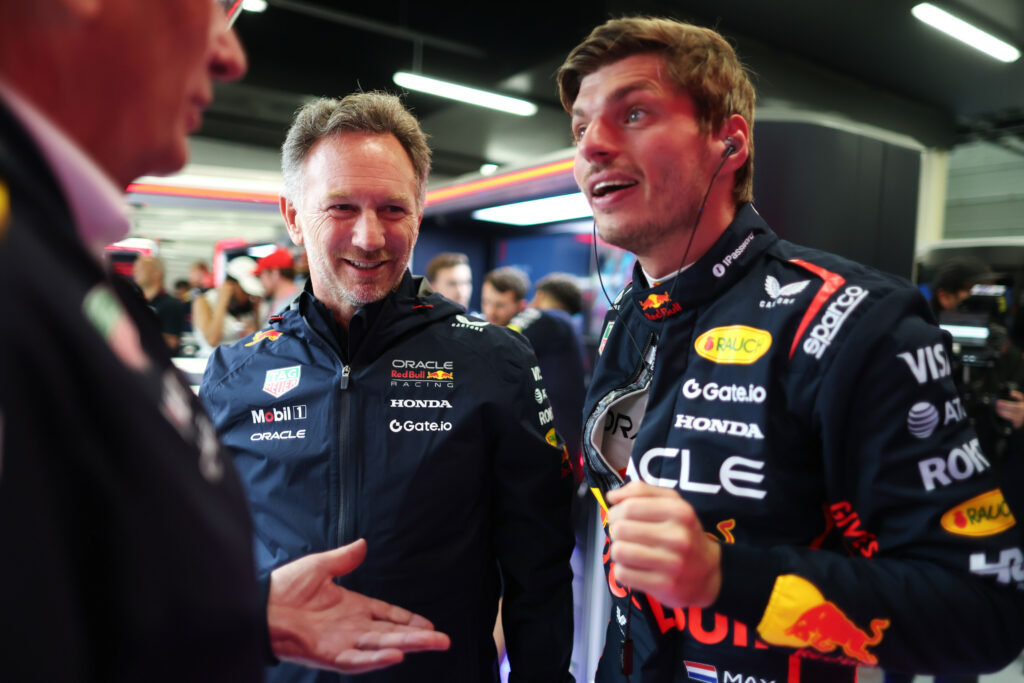
In terms of what Red Bull could’ve potentially achieved at the British GP in completely dry conditions, Christian Horner reiterated that Verstappen would’ve taken the chequered flag at least in third place.
While he acknowledged the MCL39’s superior race pace at Silverstone, the Brit also lamented that they were unable to utilise the RB21’s excellent straight-line speed until the closing stages of the race.
“I think on a completely dry track, I say could’ve, should’ve, would’ve, definitely would’ve been on the podium. We’re on the podium.
“The McLarens were quick in race pace today, and we always knew that was going to be tricky to beat them around here. But we had very good straight-line speed. You know, we weren’t really able to use it until the very end of the race.”
Horner expected Piastri’s penalty and was more surprised Russell didn’t get sanctioned in Montreal
Piastri’s action behind the Safety Car on Sunday certainly bears some similarities to that of George Russell’s at the Canadian GP, where Red Bull lodged a protest against the Mercedes driver.
In Russell’s case, the stewards came to the conclusion that his braking wasn’t extremely erratic and that it was in line with normal driving behaviour behind the Safety Car to heat up the tyres. However, the stewards at Silverstone felt that Piastri had overstepped the mark due to the severity of his braking, registering 59.2 psi of brake pressure that slowed his McLaren down from 218 kph to 52 kph.
Asked if the penalty Piastri received during the F1 British GP was justified, Christian Horner responded that he was more surprised when Russell had managed to avoid getting penalised in Montreal.
Clearly agreeing with the verdict, the 51-year-old restated how polesitter Verstappen’s race was an uphill fight following the Australian’s move on Lap 21. Moreover, he repeated that the Dutchman would’ve made the low-downforce set-up work on Sunday as well had the weather gods smiled on him.
“I wasn’t surprised to see him [Piastri] get a penalty. That was what you would expect. It was probably more surprising that George [Russell] didn’t get one in Montreal, to be honest with you.
“But yeah, that’s it. Unfortunately, our race unfolded from that point. But Max’s recovery as the track dried up—he was one of the fastest cars on the track. So that low downforce was a gamble. It paid off yesterday [in qualifying]. And as I say, had it not been for good old Blighty weather, we’d have been all right.”

